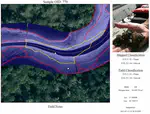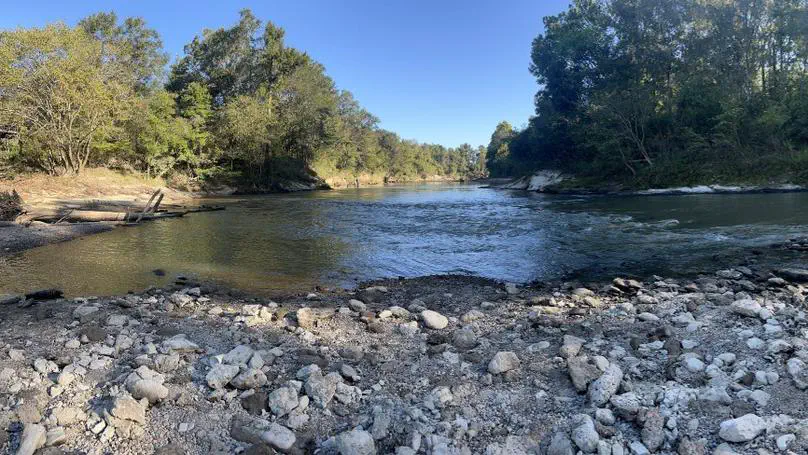Biography
Cameron Bodine is a Postdoctoral Research at the University of Delaware. His research interests include mapping aquatic habitats, acoustics, hydrology, and open-source software and tool development.
- Acoustic Remote Sensing
- Algorithm Development
- Big-Data Wrangling
- Software & Tool Development
- Machine & Deep Learning
- Hydrologic Data Modeling & Analysis
PhD in Ecological Informatics, 2024
Northern Arizona University
Graduate Certificate, GIS, 2015
North Carolina State University
Bachelor of Landscape Architecture & Environmental Planning, 2011
Utah State University
Experience
- CSHEL - Coastal Sediments Hydrodynamics and Engineering Laboratory
- Develop open-source software (PINGMapper) and reproducible workflows for processing big datasets from recreation-grade sonar instruments.
- Train and evaluate deep learning models for substrate segmentation and classification from sonar imagery.
- Identify suitable spawning reaches for the threatened Gulf Sturgeon in the Pearl and Pascagoula systems in Mississippi, USA.
- Author peer-reviewed manuscripts and present at national and regional conferences.
- Coordinate field campaigns with research partners.
- Provide bug patches and enhanced functionality based on end-users input.
- Interpret fine-scale side-scan sonar imagery and classify river substrates.
- Plan and conduct riverine field campaigns involving operation of recreation-grade side-scan sonar, GPS, motorized/non-motorized vessels, and trailering.
- Design and maintain ArcGIS REST Services and maps for distribution of river substrate data.
- Develop Python scripts for batch processing, data management, and computations.
- Serve as agency point of contact for riverine side-scan sonar inquiries and requests.
- Prepare technical documents and present research at agency, regional, and national meetings.
- Formulate FWC boating policy as Watercraft Safety Advisory Board (WSAB) advisor.
- Provide technical assistance on Cooperative Land Cover project.
- Develop custom Python workflows for batch processing and management of big datasets.
- Utilize ArcGIS 10.x to classify medium resolution imagery to edit and update landcover datasets.
- Enforce vector topology and domains for quality assurance.
- Courses: Geographic Information Systems I & II (Graduate Level).
- Co-develop course lectures with instructor for ESL students.
- Lead skill-based lab for students with varying technical experience.
- Respond to student questions and provide one-on-one tutoring.
Featured Projects
Featured Publications
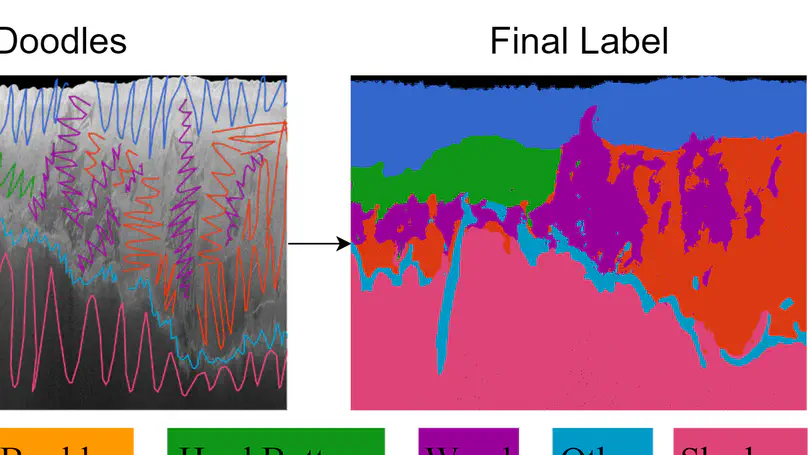
Knowledge of the variation and distribution of substrates at large spatial extents in aquatic systems, particularly rivers, is severely lacking, impeding species conservation and ecosystem restoration efforts. Recreation-grade side-scan sonar (SSS) instruments have demonstrated their unparalleled value as a low-cost scientific instrument capable of efficient and rapid imaging of the benthic environment. However, existing methods for generating georeferenced data sets from these instruments, especially substrate maps, remain a barrier of adoption for scientific inquiry due to the high degree of human intervention and required expertise. To address this shortcoming, we introduced PING-Mapper, an open-source and freely available Python-based software for automatically generating geospatial benthic data sets from popular Humminbird® instruments reproducibly. The previously released Version 1.0 of the software provided automated workflows for exporting georeferenced sonar imagery. This study extends functionality with version 2.0 by incorporating semantic segmentation with deep neural networks to reproducibly map substrates at large spatial extents. We present a novel approach for generating label-ready sonar data sets, creating label-image training sets, and model training with transfer learning; all with open-source tools. The six-class substrate model achieves an overall accuracy of 78% and the best performing class achieves 91%. Grouping substrates into three classes further improves the overall accuracy (87%) and best performing class accuracy (94%). Additional workflows enable masking sonar shadows, calculating independent bed picks and correcting attenuation effects in the imagery to improve interpretability. This software provides an improved mechanism for automatically mapping substrate distribution from recreation-grade SSS systems, thereby lowering the barrier for inclusion in wider aquatic research.
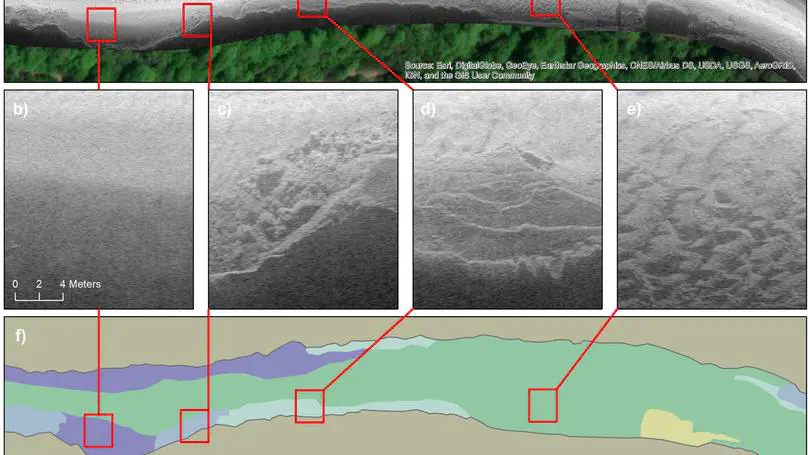
The characterization of benthic habitats is essential for aquatic ecosystem science and management, but is frequently limited by waterbody visibility and depth. Recreation‐grade side‐scan sonar systems are increasingly used to aid scientific inquiries in aquatic environments due to their relative low‐cost, ease of operation, low‐weight, and ease of mounting on a variety of vessels. However, existing procedures and software for post‐processing these data are either limited, closed source, or fail on data from new sonar models, limiting the development of reproducible workflows. Here, we present PING‐Mapper, an open‐source and freely available side‐scan sonar post‐processing toolset for processing and mapping sonar recordings from popular Humminbird instruments. The modular software automatically: (a) decodes sonar recordings from any Humminbird system, (b) exports ping attributes from every sonar channel, (c) uses sonar sensor depth for water column removal, and (d) exports sonogram tiles and georectified mosaics. Sonar channels are processed in parallel for quick decoding and metadata extraction. Major processing wokflows, including georectification and image export, are optimized to scale with computing resources. The software has been extensively tested using data from several rivers of varying character and distribution of depths, but could also be used in estuarine and lacustrine environments. Usage of PING‐Mapper is illustrated in three case studies focused on mapping large woody debris, bathymetric mapping, and visual interpretation and mapping of substrates for selected reaches of the Pearl and Pascagoula river systems in Mississippi.
Recent Publications
Recent Talks & Posters
Popular Topics
Contact
Feel free to reach out to discuss collaboration opportunities or with any questions.
- bodine.cs@gmail.com
- Flagstaff, AZ 86004
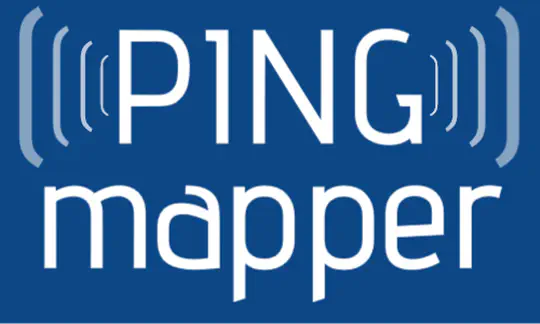
![Impacts of snow cover and extent on timing of wildfires [Research Proposal]](/project/team-based-research/featured_hu82651ad1d79881a0a6ec557d301467e5_203896_b8d7ddc78ef00c5576e54ed9611f9b27.webp)
